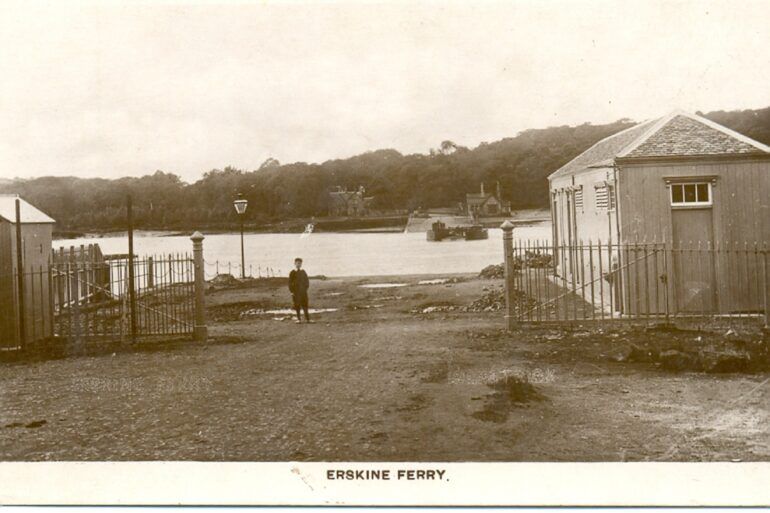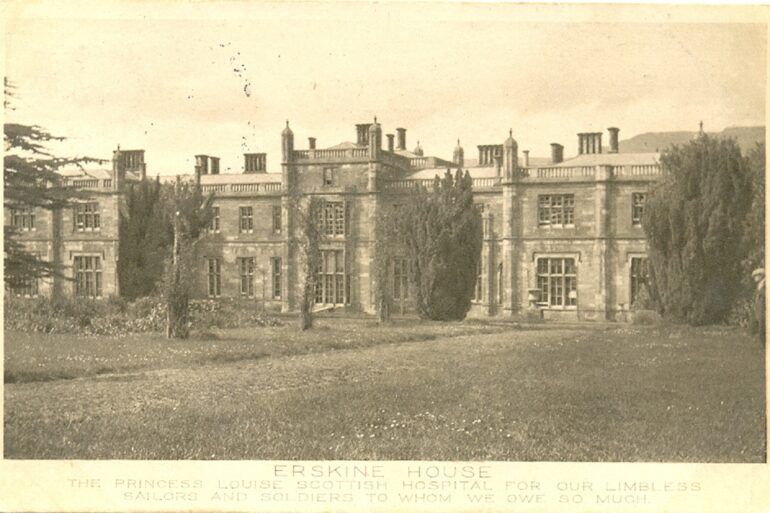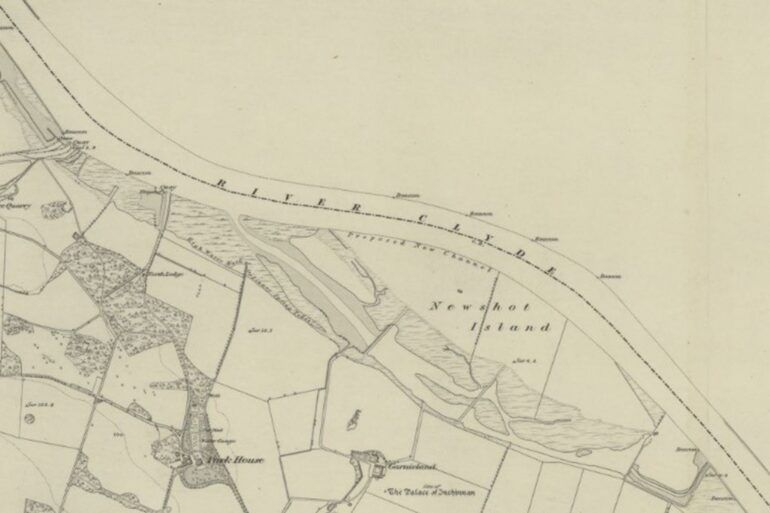Discover the rich history and heritage of Erskine—from life as a small settlement to a bustling new town.
Rich in both woodland and water, Erskine has some of the most picturesque beauty spots in all of Renfrewshire. As a result, it’s been an area that humans have felt compelled to call home since the earliest days of civilisation. Read on to learn more about the history and heritage of Erskine.
From archaeological findings, it is believed that the area around Erskine has been used for agricultural purposes since around 3000 BC. And that by 1000 BC, it was inhabited by its original settlers.
As is the case with other neighbouring areas, not much is known about the intervening years. However, in 1207 Erskine makes its first entry on a map. It is likely, the new recognition of the area came as a result of the confirmation of the church in Erskine by Florientus, the Bishop of nearby Glasgow.
Early Erskine
From the reign of Alexander II of Scotland onwards, the Erskine clan held sway over the land and retained it as their barony. The name Erskine roughly translates from old British as ‘green rising ground’. The family lineage begins with Henry De Erskine and would stretch for centuries. In 1226, Erskine Castle was erected. No physical aspect of the castle remains today. However, it’s widely accepted that it survived for over 400 years. We know the entire estate was acquired by Sir John Hamilton of Orbiston (better known as Bellshill) before in 1638 before passing into the ownership of Alexander Stuart in 1703.
Originally, Erskine remained a sparsely populated hamlet. In 1782, it comprised of just 12 houses and a church. During this period, the only industry that wasn’t agriculturally-focused came in the form of the Rashielee Quarries. There, the focus was on extracting whinstone. This stone was predominantly used for the likes of pavements and jetties due to its durability.
Afterwards, the materials were brought to nearby Rashielee Quays via a horse drawn wagon way. The stone was then loaded onto boats and barges. Today the area may be synonymous with venturing over the Clyde on the famous bridge. However, it turns out that its access to the river has meant that it was always an advantageous place for crossings. In 1771, the Erskine Ferry, which is often cited as the earliest of its kind to traverse the Clyde, was established. The ferry operated as a punt that was pushed along by poles. Eventually the crossing would progress to a chain-ferry before it’d eventually use a steam powered vessel.
An iconic house
In around 1828 Major General Robert W Stuart, the 11th Lord Blantyre, moved to the area. He had played a crucial role in the Napoleonic Wars. On his return Erskine was set to be graced by one of its most long-standing and significant buildings. Stuart hired famous architect Sir Robert Smirke to oversee the design of Erskine House. Although he was still working on the British Museum at the time, the London-based architect accepted the commission.
It is estimated that this stately home cost over £50,000 to complete. In today’s money, that’d equate to around £2.5 million. The house bears a striking resemblance to Lowther Castle in Cumbria, which was Smirkes’ first country house design.
Unfortunately, the Major General did not get to see out his retirement in Erskine. He was killed in 1830 during Belgium’s fight for their independence.
Erskine House, now known as Mar Hall, is now a five-star golf and spa resort.
20th Century Erskine
Throughout the years, Erskine had remained a relatively close-knit community with population numbers remaining in the low hundreds. However, the construction of the railways saw an influx of new families as people moved out of the cities.
In 1916, the long uninhabited Erskine House would become The Princess Louise Scottish Hospital for Limbless Sailors and Soldiers. From there, a strong connection between Erskine and the treatment of those who’ve served their country would be established. This is seen today through the nearby Erskine Veterans Village.
Iconic transport links
After generations of safely transporting both people and products alike over the Clyde, the Erskine ferry was rendered obsolete. Thanks to the construction of the Erskine Bridge. The bridge was designed by William Brown OBE of Freeman Fox & Partners. It was formally opened by Princess Anne in 1971 and is now estimated to see over 35,000 vehicles per day.
Courtesy of its new transport link, the 1970s saw an immense amount of new housing being built in both the private and public sectors. It was given new status as a commuter town. Thanks to the ‘new community’ initiative, the population would rise from 3,000 in 1961 to 15,000 in 2001.
Erskine’s new town layout is and one of the last remaining pedestrian-focused examples of its time.
Discover Erskine for yourself
Home to Renfrewshire’s only beach, Boden Boo, and iconic views across the water, Erskine is an outdoor delight. Easily reachable by bike, bus or car, why not come and immerse yourself in this charming town.



